
Your favorite foods might be putting you and your family at risk without you knowing it. Consider hot dogs – they cause ten times more choking incidents in children than other foods because of their size and shape. If you enjoy kidney beans in your chili, be careful – undercooked ones contain toxins that trigger severe digestive distress. Even those seemingly innocent marshmallows at your last campfire have caused documented deaths in choking incidents. Understanding food dangers helps you enjoy meals without unnecessary risks.
14. Rice
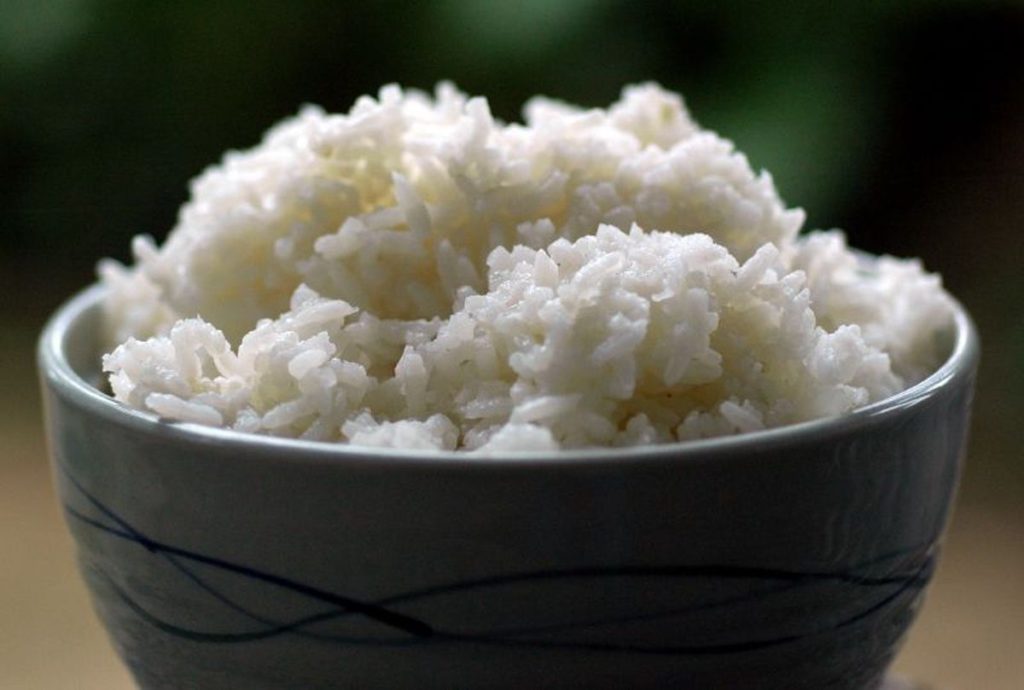
Rice becomes problematic when stored incorrectly, allowing Bacillus cereus bacteria to multiply and produce toxins causing vomiting and diarrhea. Proper cooling and refrigeration within an hour after cooking is essential. With over 40,000 varieties worldwide and global production exceeding 500 million tons annually, rice serves as a staple food for more than half the world’s population.
Some rice varieties may also contain arsenic, adding another potential risk factor that requires awareness.
13. Marshmallows

Marshmallows present a serious choking hazard, particularly in challenges like “Chubby Bunny.” Their soft, spongy texture and size have caused numerous choking incidents and even deaths. The Journal of Forensic Sciences has documented fatal cases related to marshmallow consumption. Children require particular supervision with these treats. With their high sugar content, they also contribute to obesity and dental issues.
This seemingly innocent food deserves more caution than most people realize.
12. Ackee Fruit
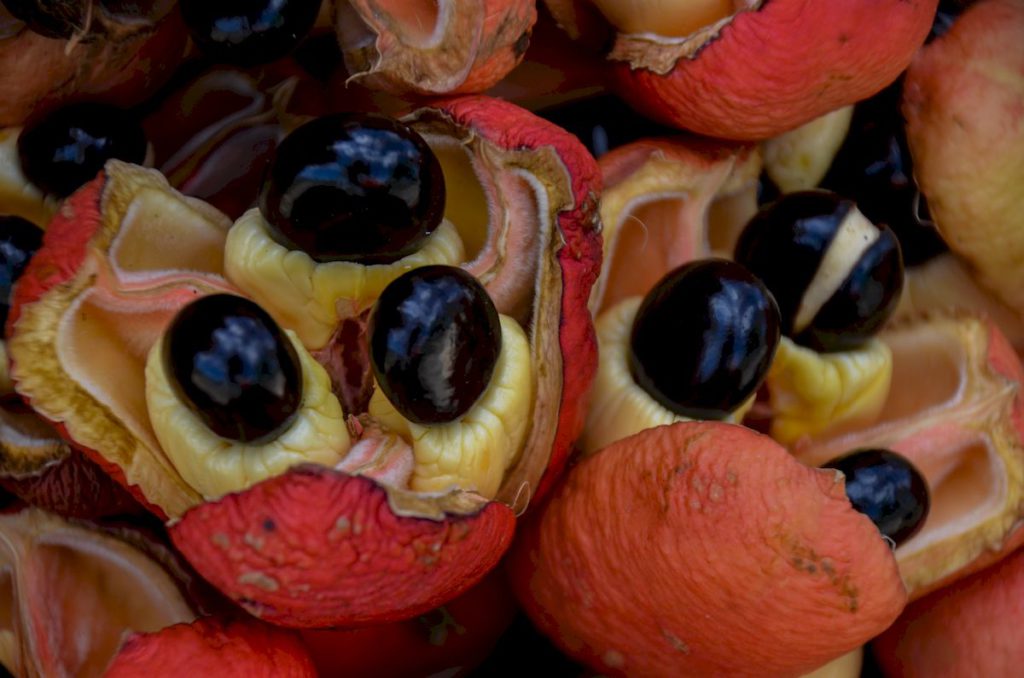
Jamaica’s national fruit carries hidden dangers many travelers don’t realize. Unripe Ackee contains hypoglycin A and B, toxins that can trigger Jamaican vomiting sickness. This potentially fatal condition causes vomiting, seizures, coma, and sometimes death. The FDA bans importing unprocessed ackee into the US for good reason. Only the fully ripened arils are safe to eat, and only after proper preparation.
11. Cassava
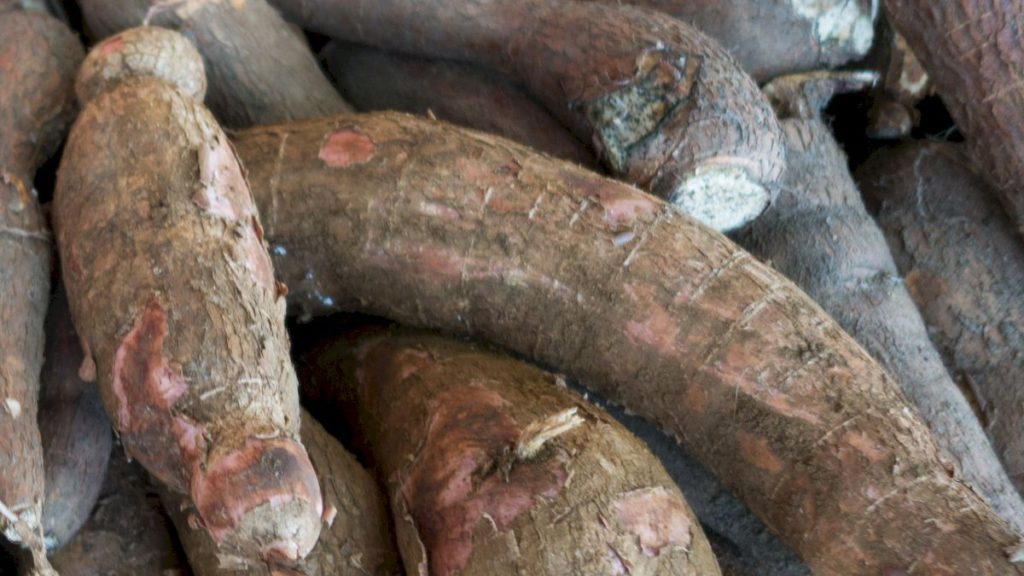
This starchy root feeds hundreds of millions worldwide but contains cyanogenic glycosides that release hydrogen cyanide when improperly prepared. Inadequate processing leads to cyanide poisoning, causing symptoms ranging from headaches and dizziness to paralysis, coma, and death. Some varieties contain enough toxins to kill if eaten raw. Traditional preparation methods like soaking, fermenting, and thorough cooking make cassava safe.
Never take shortcuts when preparing this staple food.
10. Sannakji (Live Baby Octopus)

This Korean delicacy presents an immediate danger that many culinary adventurers overlook. The small octopus is served alive with still-active suction cups that can stick to your throat while swallowing. Multiple choking deaths occur yearly from this dish. The tentacles can grip your throat even after the octopus is dead if not thoroughly chewed. Some restaurants now cut the tentacles into smaller pieces to reduce risks.
9. Fugu (Pufferfish)
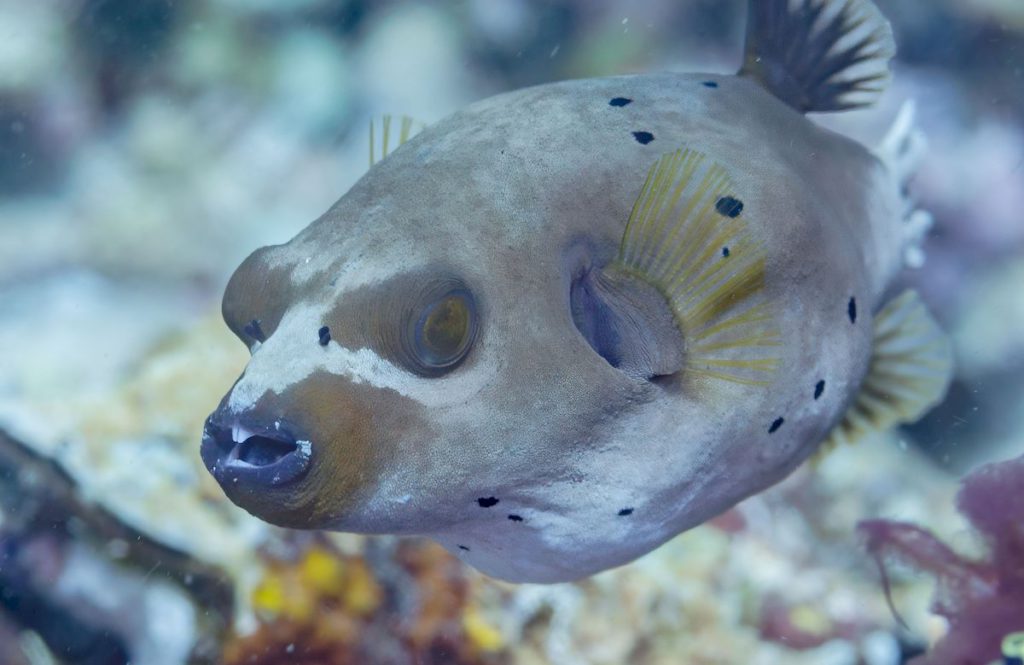
This notorious Japanese delicacy contains tetrodotoxin, a poison 1,200 times stronger than cyanide. One fish packs enough toxin to kill 30 adults. In Japan, chefs train for 2-3 years and need certification to prepare it. The smallest preparation error can be fatal, causing paralysis and respiratory failure while victims remain fully conscious. Despite the risks, thousands eat fugu yearly for its unique taste and the thrill of danger.
No antidote exists for this potent neurotoxin.
8. Ghost Pepper
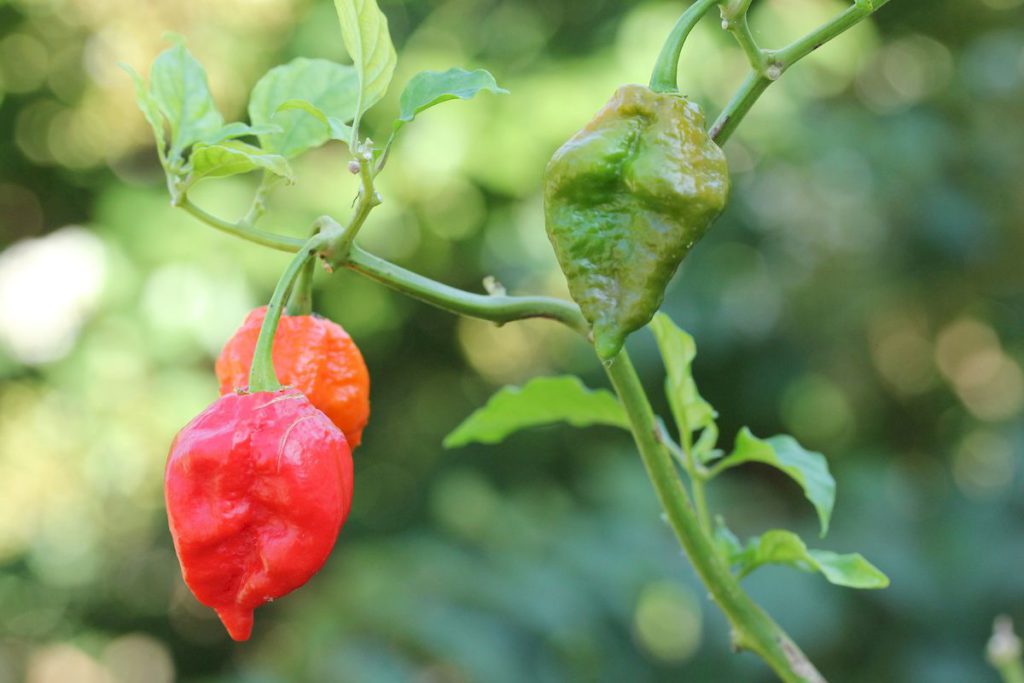
The ghost pepper presents dangers beyond just intense spiciness. With a Scoville rating between 855,000 and 1,041,427 units, it can send unprepared consumers to the hospital with extreme pain. People with asthma face additional risks, and there’s even a chance of esophageal rupture if consumed in large quantities. The Indian military uses these peppers in non-lethal tear gas grenades—a telling indicator of their potency.
Beyond their dangers, ghost peppers may have potential medicinal properties, including pain relief and cancer-fighting capabilities.
7. Peanuts
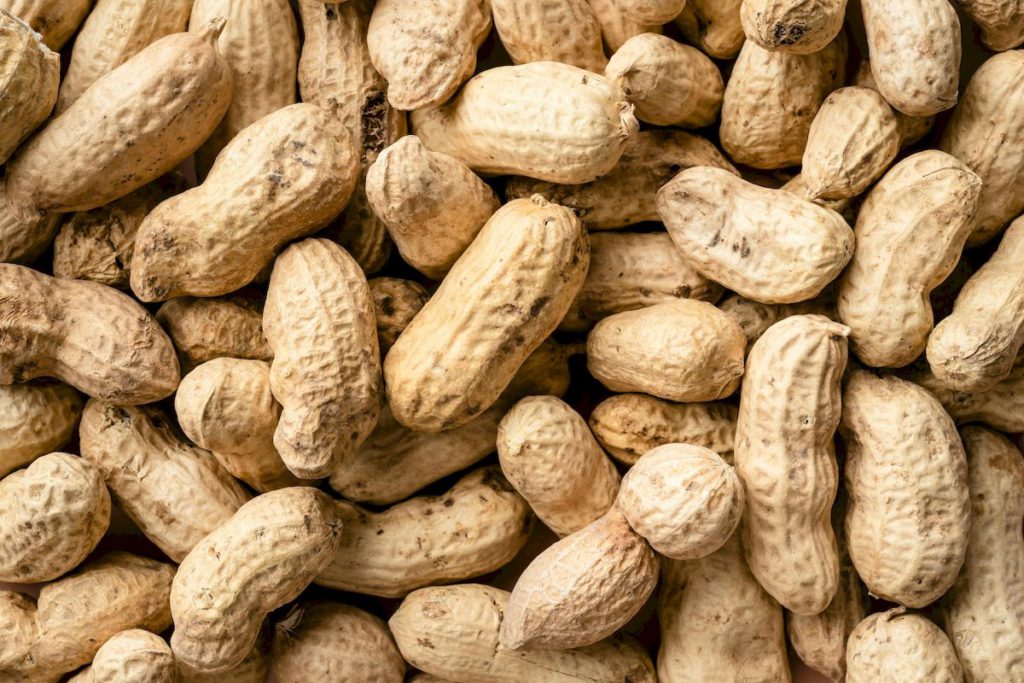
Peanuts represent one of the most common food allergens, triggering life-threatening allergic reactions including anaphylaxis in sensitive individuals. Food labels require careful reading to avoid unexpected exposure. Many schools now implement peanut bans to protect allergic students. If someone experiences an anaphylactic reaction, immediate use of an EpiPen and medical attention is critical.
Despite these risks, peanuts offer valuable nutrition, containing protein, healthy fats, vitamins, and minerals for those who can safely consume them.
6. Wild Mushrooms
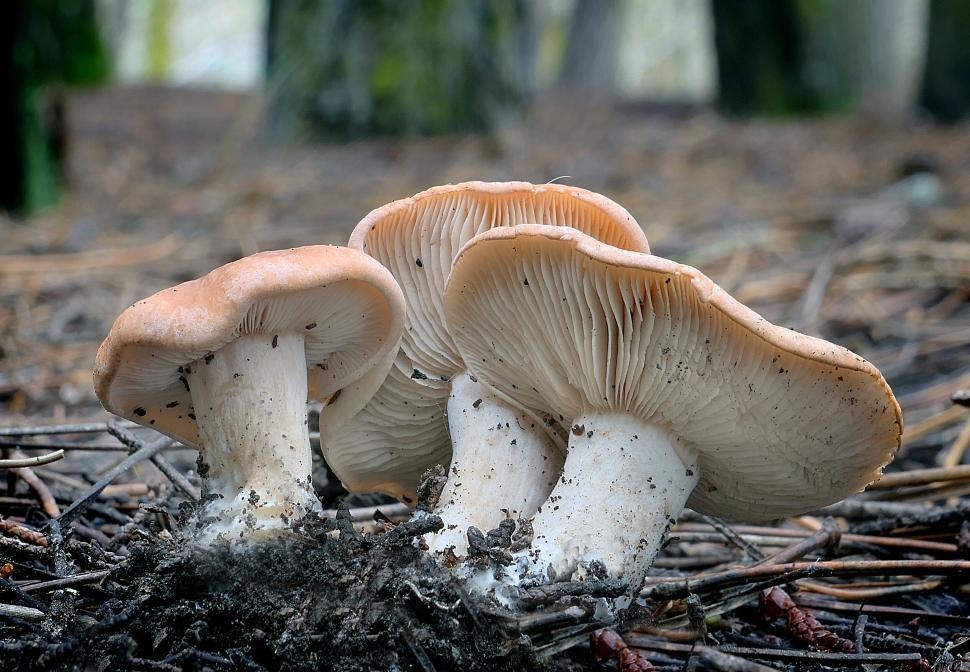
Amateur mushroom hunting requires expertise that most people lack. With over 14,000 described species worldwide, toxic mushrooms often look almost identical to safe ones. Never consume wild mushrooms without expert verification of their safety. Commercially sold varieties like button, shiitake, and portobello mushrooms undergo safety checks and are generally safe. When dealing with wild mushrooms, adhere to this principle: when in doubt, throw it out.
The difficulty in accurate identification makes wild mushrooms particularly dangerous for casual foragers.
5. Microwave Popcorn
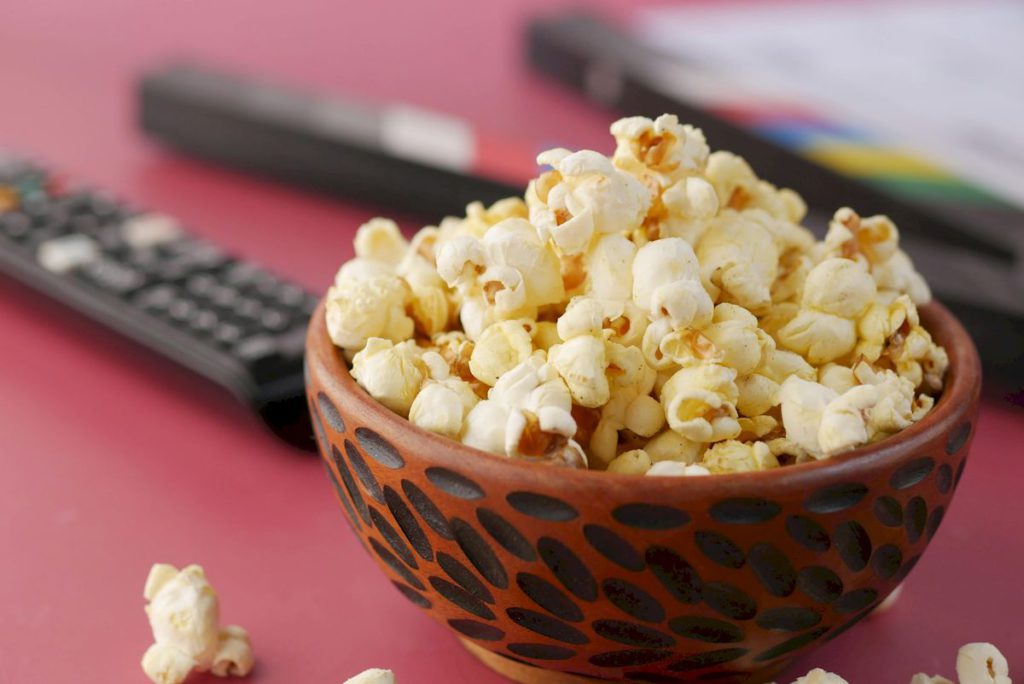
Microwave popcorn has faced scrutiny regarding the PFOA coatings previously used in packaging, though manufacturers have now largely eliminated these chemicals. The condition known as “popcorn lung” (bronchiolitis obliterans) primarily affected factory workers exposed to diacetyl, not typical consumers. The convenient 2-4 minute preparation time makes it a popular snack option, but increased regulatory oversight has improved safety standards for packaging materials and flavorings.
Checking product labels remains advisable for health-conscious consumers.
4. Edible Flowers
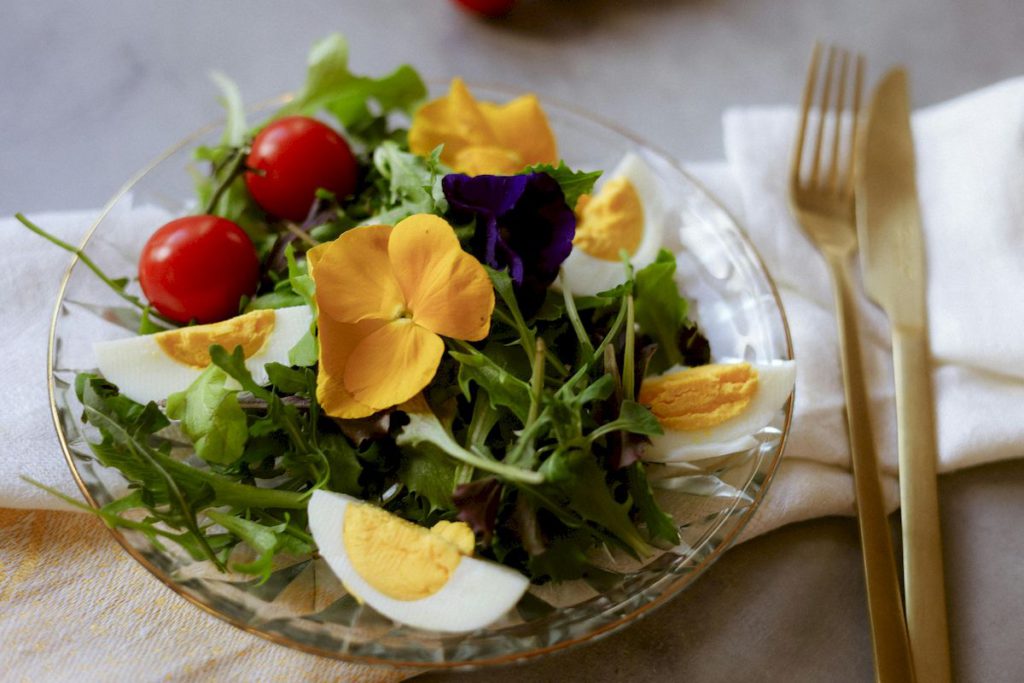
The social media trend of decorating food with edible flowers raises safety concerns, as not all of the 100+ edible flower varieties can be safely consumed. Narcissi and catharanthus can cause severe symptoms if ingested. Risks include misidentification and potential pesticide contamination when flowers aren’t specifically grown for culinary use. Research any flower thoroughly before incorporation into dishes. Safe varieties like nasturtiums, pansies, roses, and lavender can enhance presentation without compromising safety.
3. Shellfish
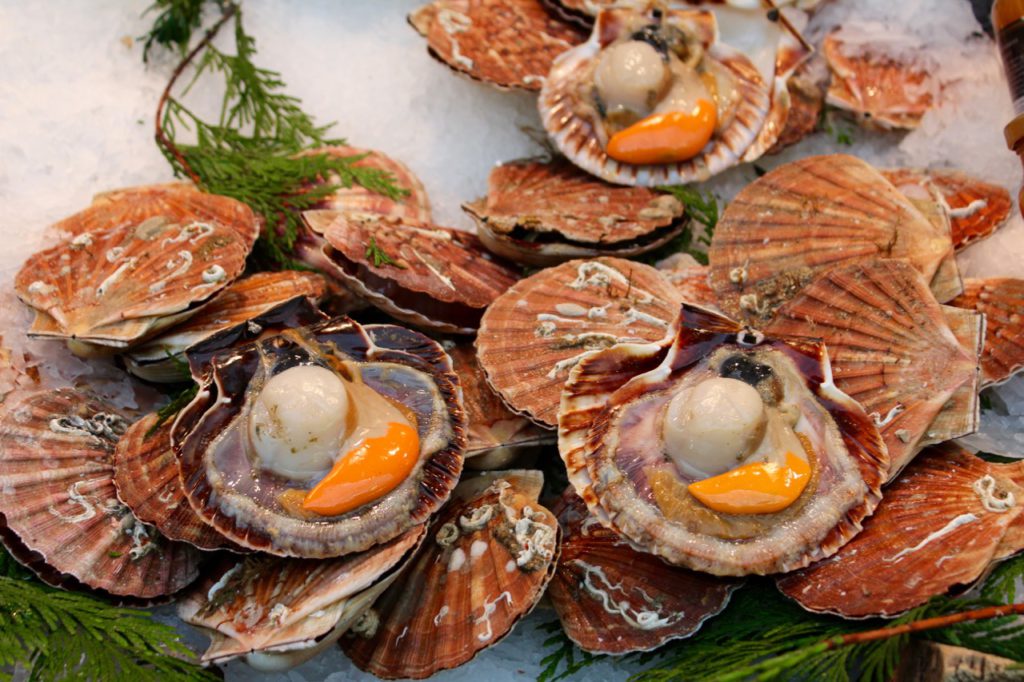
Shellfish account for over 70% of seafood-related allergic reactions, making them a significant concern for many consumers. Beyond allergies, they can accumulate heavy metals and toxins from their marine environment. Improper handling or cooking increases the risk of foodborne illness. Thorough cooking reduces many pathogen-related dangers. If you have a shellfish allergy, keeping an EpiPen accessible and seeking immediate medical help upon exposure is essential.
Despite these concerns, properly sourced and prepared shellfish provide valuable nutrients including protein and omega-3 fatty acids. There are also different varieties of shellfish that are expensive, especially because of their harvesting methods.
2. Red Kidney Beans
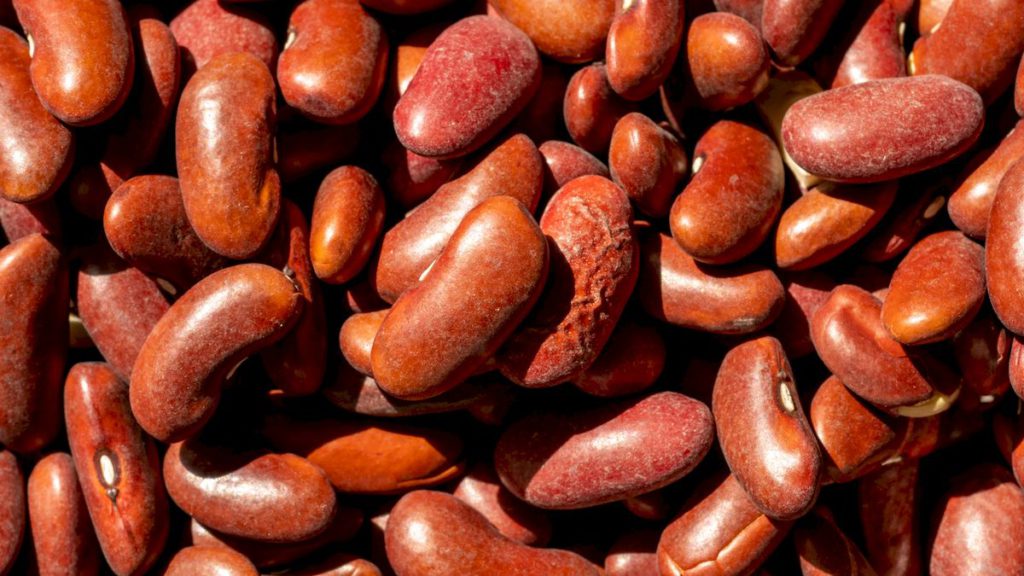
Red kidney beans contain high levels of phytohemagglutinin, a toxic compound that causes severe digestive distress when undercooked. Proper preparation requires boiling for at least 20 minutes to destroy this dangerous substance. Canned kidney beans undergo processing that makes them safe for immediate consumption. Raw or undercooked kidney beans should never be used in cold dishes like salads.
When properly prepared, kidney beans offer significant nutritional benefits, providing protein, fiber, vitamins, and minerals.
1. Hot Dogs

Hot dogs present a serious choking risk, particularly for children. The National Safety Council reports children are 10X more likely to choke on hot dogs than any other food due to their size and shape. Both the American Academy of Pediatrics and CDC recognize hot dogs as significant choking hazards. Always cut hot dogs into small pieces for young children.
Beyond choking risks, hot dogs contain high levels of sodium and saturated fat, with potential carcinogenic compounds forming when cooked at high temperatures. Simple preparation adjustments can significantly reduce these risks.





















